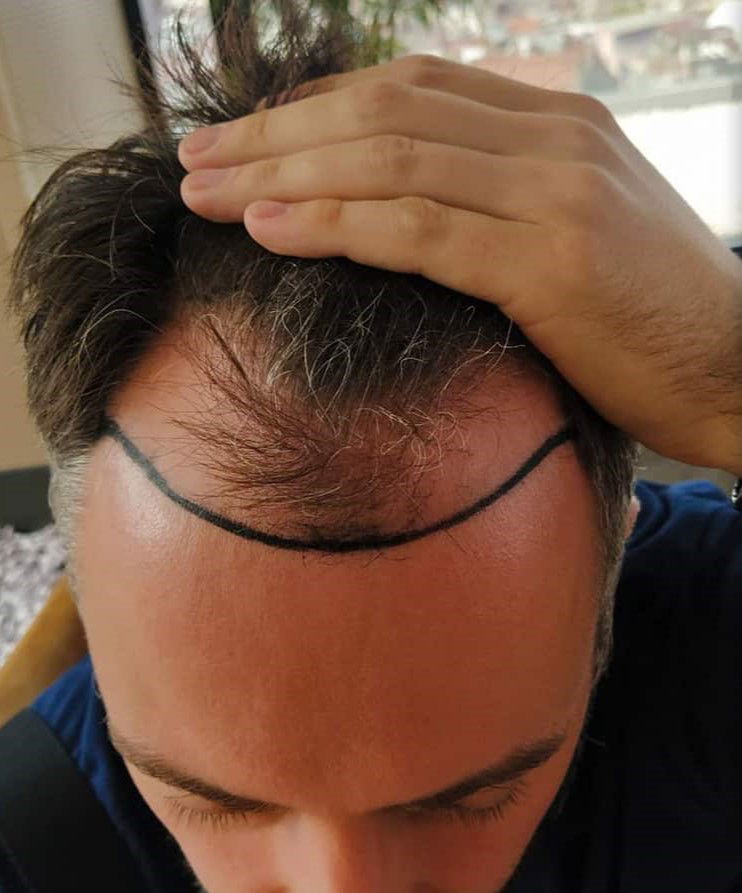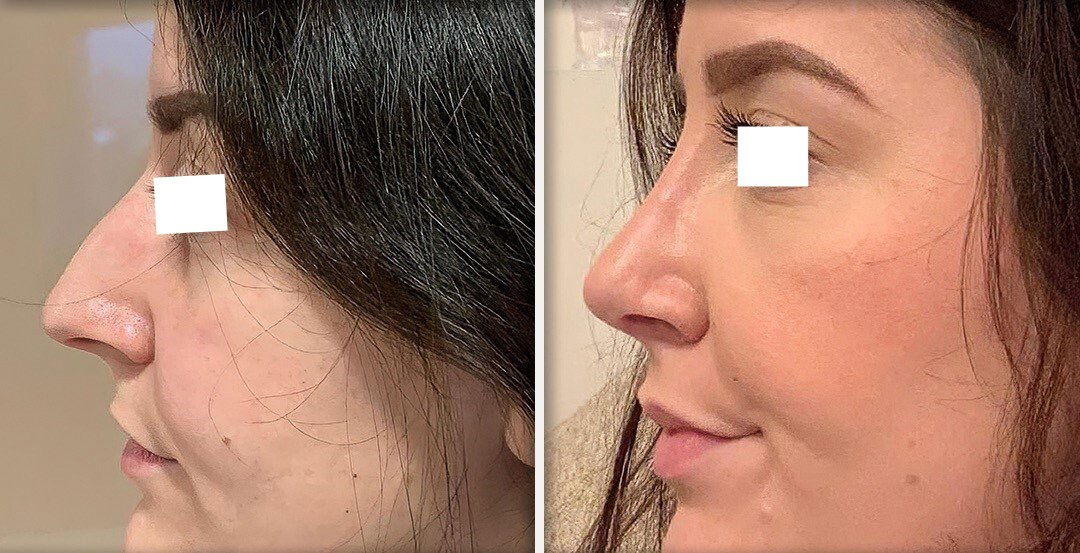The follicles that are taken from the donor area are genetically resistant to the hormonal and age - related factors that cause baldness. They retain this characteristic and thus will never fall out once they have taken root in the recipient area. The transplanted follicles continue to grow for a lifetime.
However, it takes time before a hair transplant procedure’s full, permanent results become visible. Here is the general timeline:
- 1-4 months: Transplanted hairs will shed and fall out. This is known as “shock loss” and completely normal.
- 4-6 months: The follicles enter the anagen (growing) phase. You will notice new hair growth during this time.
- 6-12 months: Rapid growth continues, with around 60-80% of new hair regrown by 12 months.
- 12+ months: The transplanted hair will be fully established and stable. Results at this point are permanent.
What About Further Hair Loss?
Hair transplants can not stop further hair loss or create new resistant follicles. As time passes, the hair around the transplanted follicles can become thinner and fall out, making it look less dense.
Areas between the transplanted grafts may become sparse if the natural balding process continues unchecked. This effect is especially noticeable if the patient already had significant hair loss at the time of transplant. People at advanced Norwood stages may struggle to maintain hair density. Most surgeons suggest medical therapies after the transplant. This helps to protect the existing hair and slow further thinning. This post-procedure regimen often includes medications like finasteride and minoxidil.
How To Care for A Hair Transplant?
Here are a few ways to properly care for your hair after a transplant:
- Post-operative care: After hair transplant surgery, caring for the new hair follicles is essential. Your surgeon will provide specific guidelines according to your unique situation.
- Taking medication: Studies have shown that Finasteride and Minoxidil can be beneficial for your hair loss, especially after a hair transplant.
- PRP therapy: PRP or platelet rich plasma therapy can help speed up the healing process after a hair transplant. The combination of PRP and a hair transplant can be very beneficial for your hair in the long run.
- Preventative care: To avoid further hair loss, you should avoid smoking as it can lead to further hair loss over time. You should also protect your hair from sun exposure. UV rays can be harmful to newly transplanted hair and skin. You should also try using gentle hair products.
These steps can help preserve your hair after transplant. If you want to know more about hair transplants for your hair type, you can always book a consultation with a healthcare professional.
Conclusion
Hair transplantation can be an effective solution for permanent hair restoration. Hair transplant methods have come a long way in the last twenty years. Surgeons can now use advanced techniques to redistribute hair follicles from one part of the scalp to another.Unfortunately, hair transplants can not stop hair loss. Therefore, ongoing care is the key to maintaining your original hair and overall health of hair in the long run.So, is a hair transplant permanent? The final answer is yes. Continuous care and medication can help your hair last a lifetime. If you are considering a hair transplant, you can always look into an affordable hair transplant in Türkiye.












